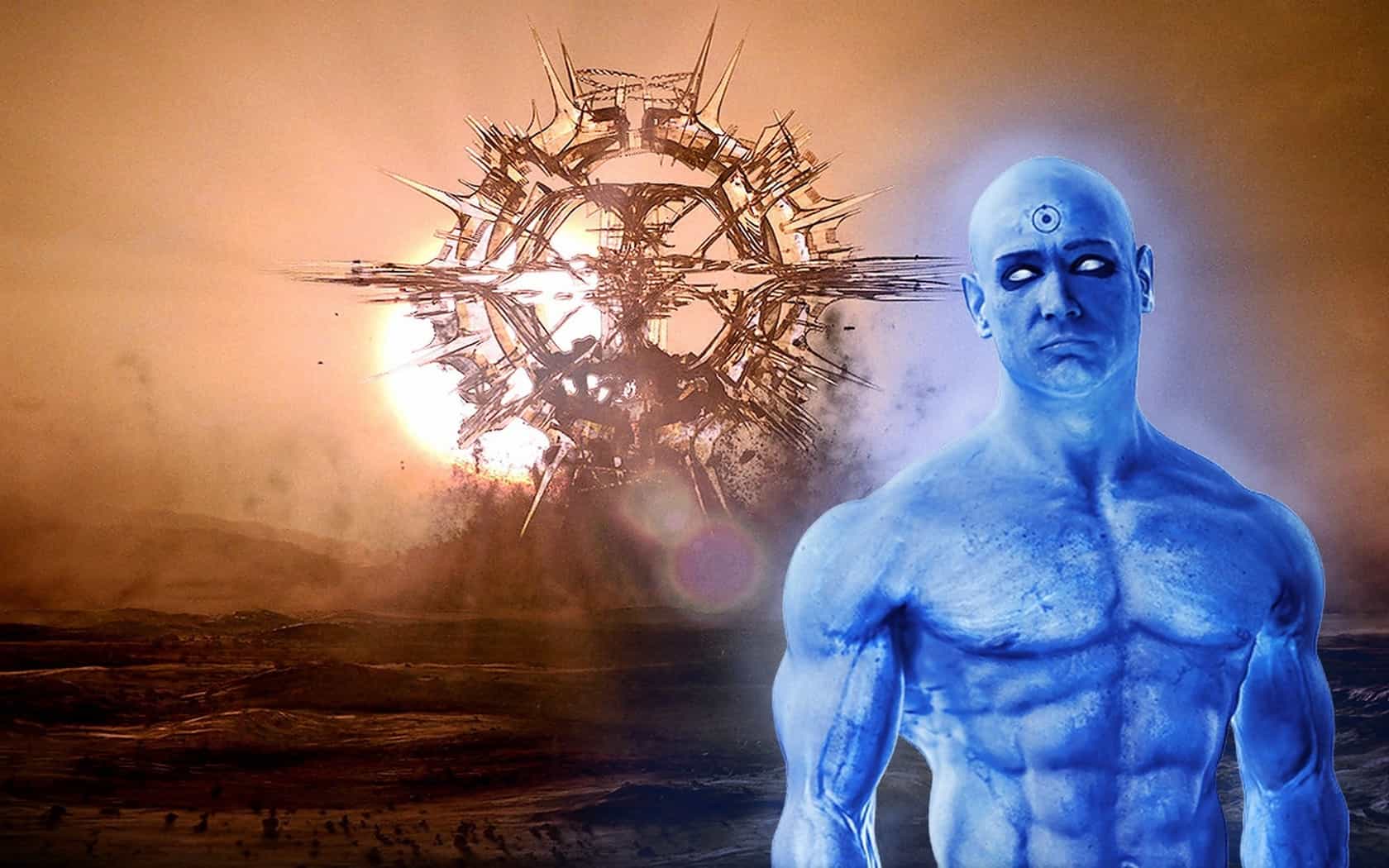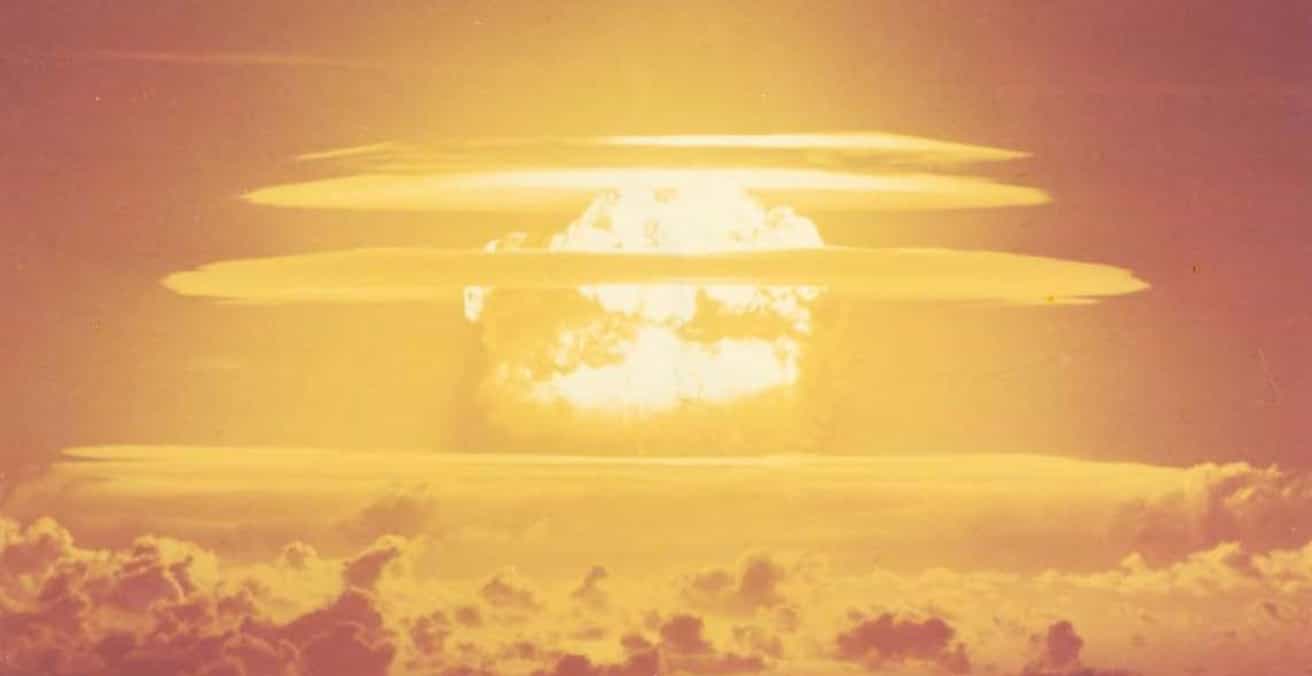Jawel. De Doomsday klok staat op 100 seconden voor middernacht. De rillingen lopen over de rug. De angst slaat om het hart. ‘We’re doomed.’ Geloven we dat echt? Allereerst, dit zegt de Bulletin of the Atomic Scientists:
“WASHINGTON, D.C. – January 23, 2020 – The iconic Doomsday Clock symbolizing the gravest perils facing humankind is now closer to midnight than at any point since its creation in 1947. To underscore the need for action, the time on the Doomsday Clock is now being expressed in seconds, rather than minutes: Today, the Bulletin of the Atomic Scientists’ Science and Security Board in consultation with the Bulletin’s Board of Sponsors, which includes 13 Nobel Laureates, moved the Doomsday Clock from two minutes to midnight to 100 seconds to midnight.”
Scary stuff! En wat maakt dat deze klok zo dichtbij middernacht is gezet? Drie zaken: kernwapens, klimaatverandering en internet fake news. De laatste van de drie zorgt ervoor dat de andere twee zaken misvormt raken:
“Continued corruption of the information ecosphere on which democracy and public decision making depend has heightened the nuclear and climate threats. In the last year, many governments used cyber-enabled disinformation campaigns to sow distrust in institutions and among nations, undermining domestic and international efforts to foster peace and protect the planet.”
Hmmm. Dat is interessant. Desinformatie bemoeilijkt het werk van de ‘goede’ instituties om vrede en de bescherming van de planeet te bevorderen, aldus het Bulletin of the Atomic Scientists.
Hier klinkt in ieder geval een daverend eigenbelang door, als je bijvoorbeeld bedenkt dat voormalige California Governor Jerry Brown de executive chair is en voormalig VN Secretaris-generaal Ban Ki-moon de deputy chair is. Beiden zijn bij uitstek representanten van de ‘goede’ instituties. Maar dit terzijde (voorlopig).

Laat ik eerst Dr. Manhatten (Dr. Jonathan Osterman), van de Watchmen in de gelijknamige en onvolprezen comic van Alan Moore uit de jaren 80, aan het woord over de Doomsday klok:
“Janet Black (journalist): Doctor Manhattan as you know the Doomsday Clock is a symbolic clock face analogizing humankind’s proximity to extinction, midnight representing the threat of nuclear war. As of now it stands at four minutes to midnight. Would you agree that we are that close to annihilation?
Dr. Manhatten: My father was a watch maker. He abandoned it when Einstein discovered time is relative. I would only agree that a symbolic clock is as nourishing to the intellect as photograph of oxygen to a drowning man.”
Niks aan toe te voegen. Maar nu naar de kern: hoe goed zijn experts eigenlijk in het voorspellen van de dag van morgen, of projecties aangaande onze toekomst?
Niet bijzonder goed. Of eigenlijk, op z’n allerzachtst gezegd, vrij slecht. Laat ik eens een paar gefaalde voorspellingen de revue passeren:
- Time (24 juni 1974): “… when meteorologists take an average of temperatures around the globe they find that the atmosphere has been growing gradually cooler for the past three decades. … they are studying may be the harbinger of another ice age. Telltale signs are everywhere from the unexpected persistence and thickness of pack ice in the waters around Iceland to the southward migration of a warmth-loving creature like the armadillo from the Midwest.”
- The Population Bomb (1968): “The battle to feed all of humanity is over. In the 1970s and 1980s hundreds of millions of people will starve to death in spite of any crash programs embarked upon now. At this late date nothing can prevent a substantial increase in the world death rate, although many lives could be saved through dramatic programs to “stretch” the carrying capacity of the earth by increasing food production and providing for more equitable distribution of whatever food is available.”
- Scientific American (1970): In het artikel Human Materials Production as a Process in the Biosphere wordt voorspeld dat rond 1990 de geologische reserves van goud, zilver en platina uitgeput zullen zijn.
- Eco-Catastrophe (1969): “In the following scenario, Dr. Paul Ehrlich predicts what our world will be like in ten years if the present course of environmental destruction is allowed to continue.”: “The end of the ocean came late in the summer of 1979, and it came even more rapidly than the biologists had expected. There had been signs for more than a decade, commencing with the discovery in 1968 that DDT slows down photosynthesis in marine plant life.”
- The House of Commons Science and Technology Committee Second report (HC 342 1997/98): It is the combination of these factors -the immutable deadline, the worldwide context and complex inter-dependencies- that makes managing the century date change “a challenge without precedent”. (De millennium bug.)
- Der Spiegel (14-02-1983): “Wir stehen vor einem ökologischen Hiroschima.” (Over de grote bossterfte in de wereld door zure regen.)
Ik kan zo wel even doorgaan. Tal van voorspellingen over grootschalige teloorgang van de wereld en ons mensen zonder ‘resultaat’. ‘Teleurstellend’ toch?
Dat betekent overigens niet dat het niet radicaal fout zouden kunnen gaan in de wereld. De start van WO I blijft een soort van mysterie in zijn politiek-militaire details, maar het werd een drama van wereldomvang.
Wat kunnen we leren van deze en vele andere mislukte voorspellingen? In ieder geval dit: ’experts’ zijn niet beter in het begrijpen en duiden van de toekomst dan ’niet-experts’.
En dit: geen vage voorspellingen maar toekomstige zaken met precisie beschrijven en dan controleren is het devies! Zoals Philip Tetlock in zijn Expert Political Judgment (2005) het zegt:
“… to pressure participants in debates—be they passionate partisans or dispassionate analysts—to translate vague claims into testable predictions that can be scored for empirical accuracy and logical defensibility. Of course, the resistance would be fierce, especially from those with the most to lose—those with grand reputations and humble track records. But I do still believe it possible to raise the quality of debate by tracking the quality of claims and counterclaims that people routinely make about what could have been (if you had had any sense, you would have listened to us!) or might yet be (if you have any sense, listen now!).”
De Doomsday klok heeft geen betekenis wat betreft de toekomst van onze wereld. Temeer ook omdat de wereld in geologische -vulkaanuitbarstingen en aardbevingen- en astronomisch zin -inslag van meteoroïden- onvoorspelbaar is.
Daarmee reduceert de Doomsday klok onze wereld tot maakbaar en stuurbaar, als we maar luisteren naar de experts. Een typische gevalletje van voorzorgdenken.
